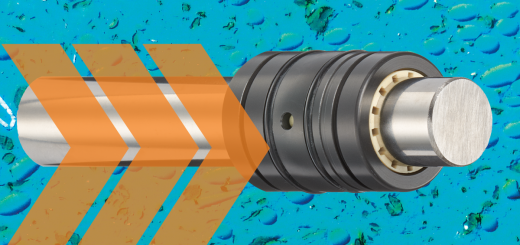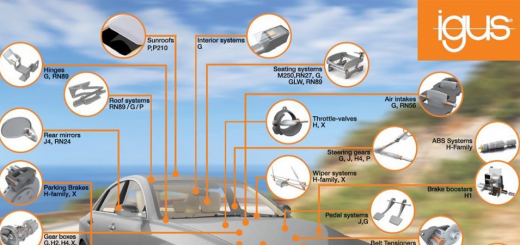How to Choose the Perfect Flex Cable
By Shizu Yamaguchi, edited by Jared Worth
Choosing the right flex cable is like getting a tailor-made suit. Just as a suit needs precise measurements for a perfect fit and great look, selecting the right flex cable involves considering specific variables to ensure its quality and suitability for your application. A well-chosen cable means smoother operation and less downtime, much like a well-fitted suit enhances comfort and confidence.
Below is a list of all the important “measurements” or variables you need to provide to your flex cable supplier to get a cable that performs flawlessly. Let’s move away from “off-the-rack” and get you the perfect cable!
Movement Type
The first step in selecting the right flex cable is to determine the type of movement it will undergo:
- Simple Bends: If the cable will only undergo simple bends, a low flex cable would be sufficient (but this depends on how many cycles per day it will be bending).
- Continuous Flexing: For applications requiring continuous flexing, a stronger cable designed for dynamic movements is necessary.
- Torsional Movements: If the cable will experience twisting or torsional movements, ensure it is specifically designed to handle such stress.
Size of the Energy Chain
If you already have an energy chain, determine its size and corresponding bend radius. The size of the cable carrier will determine how many cables can safely fit inside. At least 10% of the space inside the energy chain should be unfilled for ideal performance.
Bend Radius
The bend radius is the minimum radius the cable can bend without causing damage. It typically ranges from 1-11 inches. If you’re unsure of the exact bend radius, a good rule of thumb is to use 10 times the outer diameter (OD) of the cable. For example, a cable with a 10mm OD would require a minimum bend radius of 100mm.
Electrical Requirements
Assess the voltage requirements of your application. Common voltage ratings include 300V, 600V, and 1000V. Ensure the cable you choose can handle the nominal voltage of your system.
Number of Conductors
Determine the number of conductors needed for your application. This will depend on the complexity and requirements of your system.
Gauge or Size of the Conductors
The gauge or size of the conductors is another critical factor. Ensure the conductors are appropriately sized to handle the current load without overheating.
Environmental Conditions
Consider the environmental conditions where the cable will be used:
- Indoor or Outdoor: Will the cable be used inside or outside?
- Temperature: What temperature range will the cable be exposed to?
- Materials Required: Are there specific material requirements due to environmental factors such as moisture, chemicals, or UV exposure?
Just like a tailor-made suit, choosing the right flex cable is all about the details. By giving it the same care and precision, you ensure a perfect fit for your application, delivering reliable performance and durability.
igus® technical sales representatives can assist you with ordering your perfect cable. They can be reached by live chat at www.igus.ca or by phone from 8am to 5pm on weekdays at 1-800-965-2496 (or 905-760-8448).
This blog post was created with the assistance of Microsoft Copilot, an AI-powered tool designed to help with writing and content creation.
Reference:
Freed, J. (2020, April 14). Just One More: The Risks of Overfilling Your Cable Carrier. Engineer’s Toolbox. https://toolbox.igus.com/3953/just-one-more-the-risks-of-overfilling-your-cable-carrier



